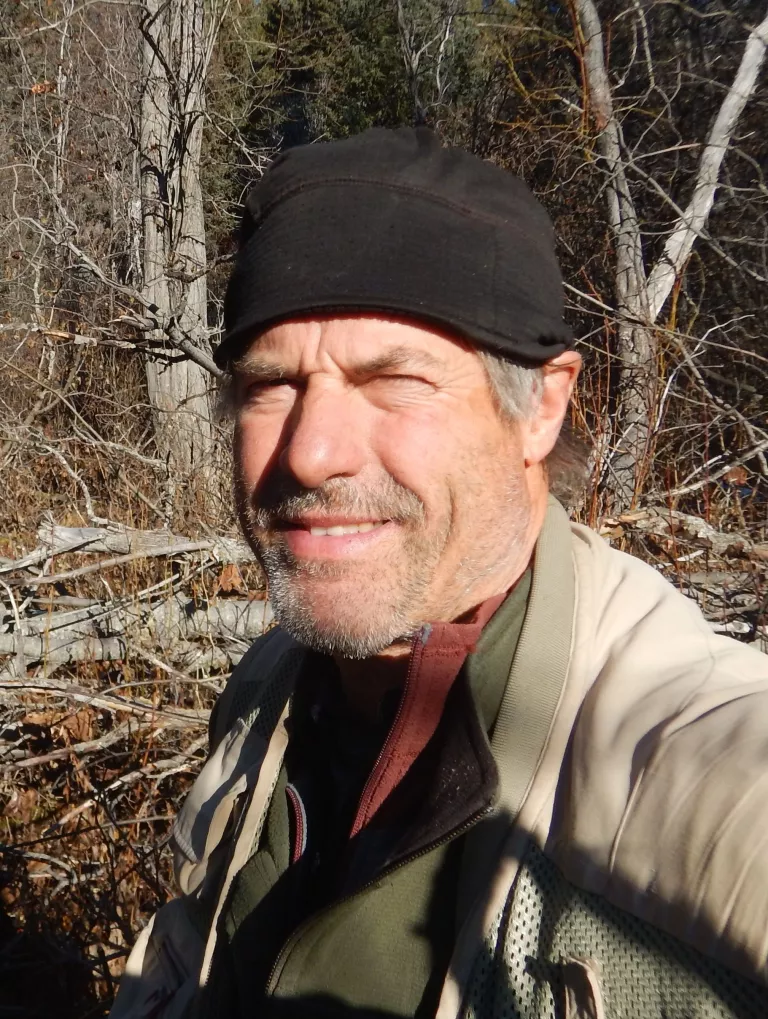NRESi Colloquium - Moose Winter Willow Forage Enhancement Operational Research - Len Vanderstar

In 2021-22, 630 ha of Scouler’s willow sites on Old Ft. Mtn, Babine Lake watershed, were manually treated by hinging or felling 65 to 75% of the mature willows to promote both stump and bole sprout production. Nine treatment units were established to comparatively assess shoot biomass production and total nitrogen [N] content based on seasonality of treatment (winter, pre-flush, post-flush) and elevation of treatment (high, middle, low). Fall leafless morphometric measurements of sprout production was conducted in 2021, the first growing season post-treatment, along with [N] sampling as a surrogate for crude protein content. Winter assessments of habitat re-classification, moose habitat use, browse availability and browse utilization were conducted in 2022. These assessments are scheduled to be repeated in 2023-24, the third year post-treatment.
First growing season post-treatment finding highlights are:
- 335% annual shoot biomass gain compared to if there was no treatment (155 kg/ha gain).
- Estimated carrying capacity for Old Ft. Mtn. increased by 13 moose after the 1st season of treatment of 630 ha (assuming 50% of the total annual shoot biomass is consumed which is realistic based on survey crew observations).
- Season & elevation of treatment does not appear to be hindering Scouler’s willow sprout production; it is expected that post-flush treatments (least biomass gain) will normalize by the end of the second growing season as a result of growing season ‘catch-up’.
- Season & elevation of treatment has no noticeable or marginal effect on nutrition based on [N], [C] & [S] analysis; nutritional levels are good for fall & winter forage.
- Hinging is preferential to felling when temperatures are warmer than -30 Celsius; 30% failure at extreme cold temperatures, likely due to cambium freeze-drying.
- Winter hinging/felling of willow have the added benefit of supporting immediate moose winter forage needs.
The Natural Resources & Environmental Studies Institute (NRESi) at UNBC hosts a weekly lecture series at the Prince George campus. Anyone from the university or wider community with interest in the topic area is welcome to attend. Presentations are also made available to remote participants through Zoom Webinar. Go to http://www.unbc.ca/nres-institute/colloquium-webcasts to view the presentation remotely.
Past NRESi colloquium presentations and special lectures can be viewed on our video archive, available here.